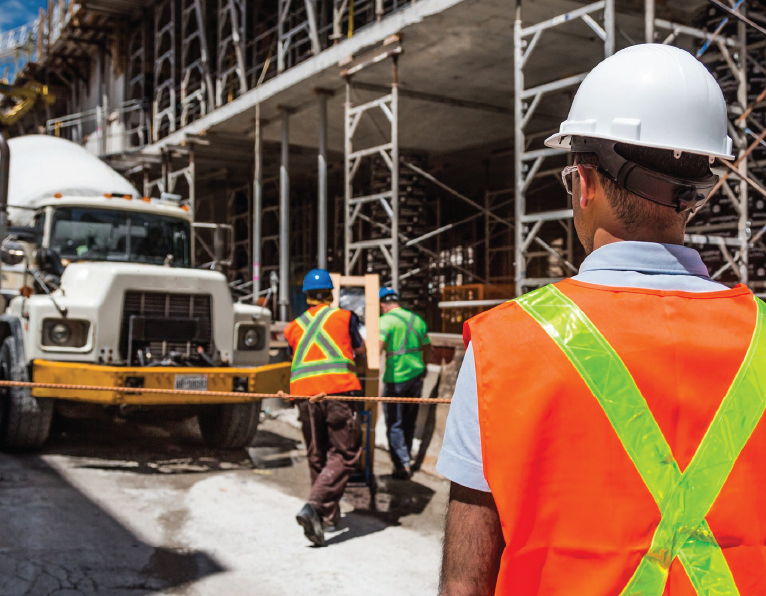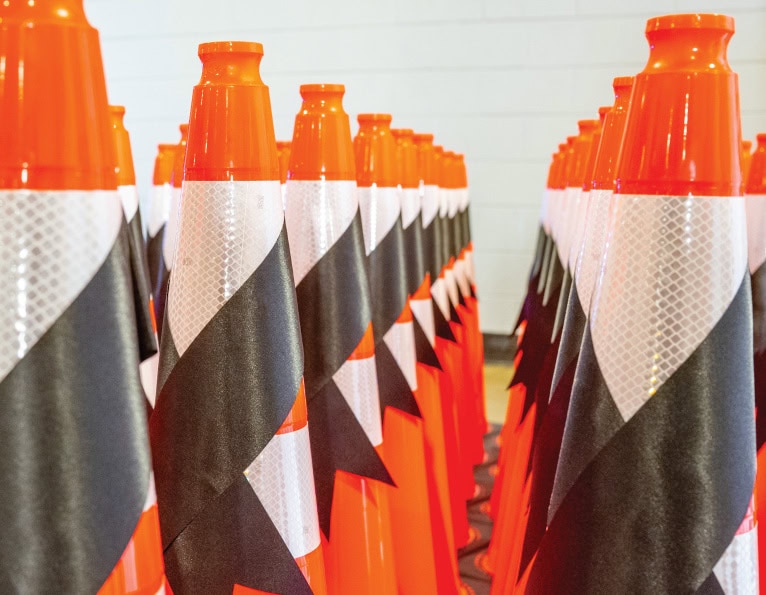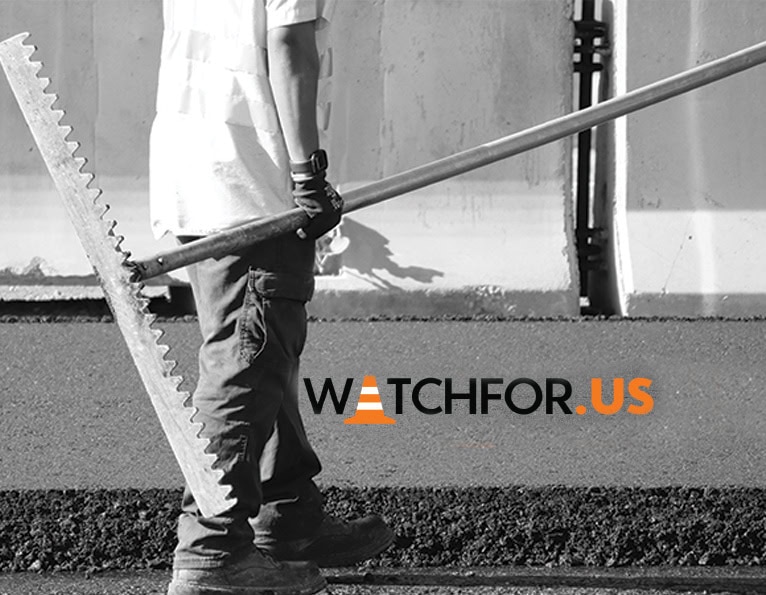What issues are front of mind as ATSSA members contemplate 2023? What variables are being used to gauge how things will go in the long-term? What opportunities are on the horizon that are building excitement?
ATSSA asked four members who are leaders in different segments of the roadway safety infrastructure industry for their views on those questions and more for the Winter issue of Roadway Safety magazine, which is online today. Read what they had to say and see how their views compare to your own.
Below you can also get answers to two additional questions we asked Haley Norman, CFO of Direct Traffic Control; Hal Perkins, president of Custom Products Corp.; Ross Sheckler, president and CTO of Icone Products; and Cindy Williams, president of Time Striping.
Read these additional articles inside the Winter issue:
- ATSSA members working to address rural road safety challenges
- Keeping workers focused is key to work zone safety
- DOTs across the country utilizing wider pavement markings
- Marty Weed Engineering Scholarships expose young professionals to new ideas A
- TSSA PAC: Investing in roadway safety through targeted support
- Conversation with Missouri DOT Director Patrick McKenna
- A chat with Heart of America Chapter President Randy Barth
Check out answers to these two additional questions for industry thought leaders:
What are the biggest challenges you see for this year and the next five years?
HALEY NORMAN: The biggest challenge I see for this year is increased costs across the board. We must maintain a focus on safety, not letting it be sacrificed to save money. Another challenge will be new players in the market. Often with a large investment in an industry, you see new players enter the market, and while that can be a good thing, with the sensitivity of our industry, we want to maintain our high standards and expectations of excellence in safety. I see ATSSA, with its extensive training and educational offerings, playing a large role in helping educate new players on industry standards. Over the next five years, I anticipate seeing our funding dollars depleting faster than normal due to the current cost environment, which will become a challenge at both the state and federal levels. That could impact our industry’s ability to secure needed funding for roadway safety improvements.
HAL PERKINS: Our story is like that of many customers and vendors who’ve confided in me. The best and most trustworthy employees are overworked more than ever. I’m concerned about them hitting their breaking point. A return to normalcy in 2023 would help. Also, employees need to be willing to commit to this industry for a career. Mentoring is important. It’s not the type of industry where employees can enter and exit and achieve success.
ROSS SHECKLER: Recession. It’s going to come down to the realities of budgets and the availability of equipment. All sorts of economic factors on a macro scale could slow things down. For example, a lack of truck chassis has hit the industry, causing few new pieces of equipment to go out in recent months. The questions of how fast connected technologies are adopted comes down to how flush people are feeling. Because this is a new expenditure, if we don’t make it a cash-neutral or cash-positive event, then people in tough times are not going to buy anything new. Government interventions such as banning the sale of gas-powered vehicles in California will not help and could present another challenge for the industry in the coming years.
CINDY WILLIAMS: Unfortunately, I still see the workforce as our biggest challenge. We have the work under contract, we have the equipment to get the job done, materials are readily available, and the supply chain is easing up—we just need people willing to work with a reputable company that focuses on safety! Inflation is high on my list and I don’t see that changing any time soon. EVERYTHING is more expensive, which means our businesses are being hit hard on many levels—increased wage rates and soaring material costs and fuel prices. Supply chain will remain an issue as manufacturers continue struggling with raw material shortages, the Buy America initiative, as well as the issue of finding truckers to deliver product. The number of mergers and acquisitions we are seeing across the industry also concerns me. As an independent contractor, I see many smaller companies getting gobbled up and it makes me nervous.
What do you see as the biggest factors in the future of the roadway safety infrastructure industry?
NORMAN: I believe in the power of a united front. A huge factor is continuing to unite as an industry and engage decision-makers, driving our message of the importance of roadway safety and the vital work needed to create safer roads for our workers and the traveling public. The IIJA is an example of the result of our message getting across.
PERKINS: Three things: the unknown funding source because of the inadequacy of the gas tax, the lack of clarity on autonomous vehicles versus traditional infrastructure, and the need for qualified workers interested in making manufacturing or contracting a career path.
SHECKLER: Automation in the passenger car space. The auto industry is faced with challenges in automation and we need to help them. Part of the problem is that the auto industry does not believe the construction industry will get the jobs marked and digitized so why should they move forward with developing on-board automation? We are working hard to show leadership on our side. We met with General Motors this past April to sit down in front of them and say, “We are going to do this.” That kind of leadership goes a long way. A big role for ATSSA will be educating the smaller companies about how to adopt these new technologies, from privacy and security to understanding the higher visibility that digitized work zones bring to job performance. There’s a lot of education that needs to go on, both at the national level and at the chapter level.
WILLIAMS: Funding, of course, and collaboration among industries. With IIJA, much work is coming, which is greatly appreciated, but I also know there must be continuous talk of options. Electric vehicles will lead to less fuel tax. Creative funding to supplement this revenue source must be found.
Published Date
January 26, 2023
Post Type
- News
Topic
- ATSSA News
Related News Articles
May 7, 2025
Join ATSSA in D.C. to celebrate construction on the National Mall
Join ATSSA in D.C. to celebrate construction on the National Mall Join ATSSA on the National Mall, May 14-16 to…
April 25, 2025
ATSSA joins the city of Eden, N.C., in grieving four work zone deaths
ATSSA joins the city of Eden, N.C., in grieving four work zone deaths On this final day of National Work…
April 17, 2025
NAPA, ATSSA aim for worker safety considerations in next highway bill
NAPA, ATSSA aim for worker safety considerations in next highway bill Work zone safety & Washington, D.C. The National Asphalt…


